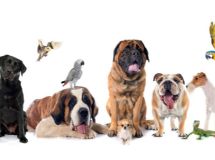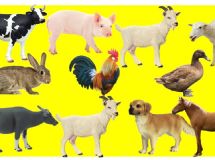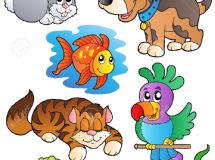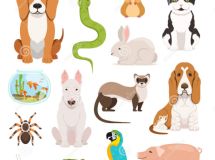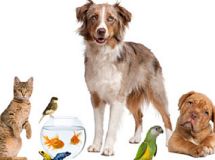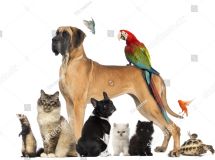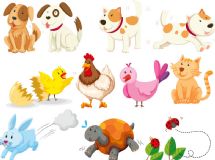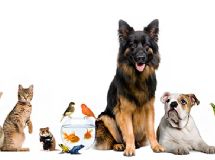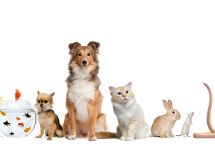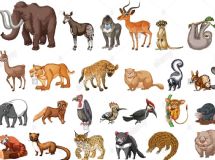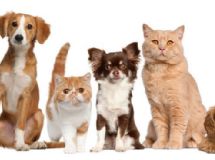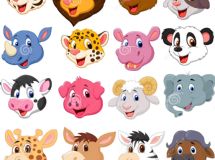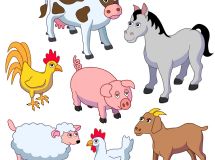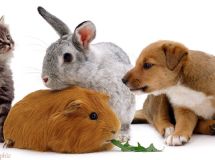Definition:
(noun) A bird species known to be especially sensitive to environmental changes or disruptions. These species can be more easily observed than numerous other environmental factors, and as changes with the birds are observed, reasonable deductions can be made about related ecological health, environmental hazards or other conditions. Birds are particularly suitable as indicator species because they are easily observed and identified, widespread and well-studied, so even subtle changes can be quickly noted.
Different situations that can be noted through avian indicator species include…
- Pollution or toxic contamination
- Climate change effects
- Disease outbreaks and epidemics
- Habitat changes or overall integrity
- Changes in related species, such as predators or prey
In order to use birds as indicator species, ornithologists, wildlife biologists or other researchers may study general ranges, bird population trends, dietary changes, breeding successes or failures, seasonal irruptions, migration and other bird behaviors and characteristics. Many different birds may be used as indicator species – the colloquial example is the "canary in the coal mine" when small songbirds were used to detect carbon monoxide or other toxic gasses in mine shafts. Today, different bird species may be used as indicator species depending on what is being studied, such as shorebirds to indicate beach health, hummingbirds to indicate wildflower herbicide contamination, penguins to indicate fish and plankton population distributions, crossbills to indicate pine cone seed crops or owls to indicate levels of prey populations.
In addition to birds, many other species are often used as indicator species depending on what is being studied or observed, including plants, insects, mollusks, mammals and fish.
Pronunciation:
IHN-DIH-kate-ore SPEEE-seees
Also Known As:
Sentinel Organism, Sentinel Species, Bioindicator
Photo – Sanderlings © Beau Considine
SHARE

